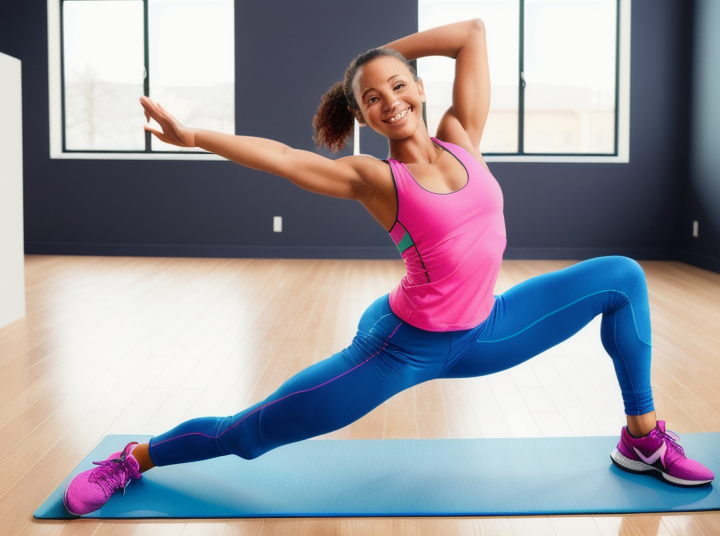Sure, I can help you with that! Here’s the article on Effective Stretching for Improved Athletic Performance.
Effective Stretching for Improved Athletic Performance
As an athlete, you’re always looking for ways to improve your performance. One of the most important things you can do is to stretch properly before and after your workouts. In this article, we’ll explore some effective stretching techniques that can help you improve your athletic performance.
Why stretching is important for athletes
Stretching is an essential part of any athlete’s training program. It helps to warm up your muscles before exercise, increase your flexibility, and reduce your risk of injury. Stretching after exercise can also help to prevent muscle soreness and stiffness.
When you stretch, you increase the blood flow to your muscles, which helps to deliver more oxygen and nutrients. This can improve your overall athletic performance by enhancing your endurance, speed, and strength.
Types of stretching
There are several different types of stretching that athletes can use to improve their performance. Here are a few of the most effective techniques:
Dynamic stretching
Dynamic stretching involves moving your body through a range of motions to warm up your muscles and prepare them for exercise. This type of stretching can help to improve your flexibility, balance, and coordination.
Some examples of dynamic stretching exercises include walking lunges, high knees, and arm circles.
Static stretching
Static stretching involves holding a stretch for a period of time, typically around 30 seconds. This type of stretching can help to improve your flexibility and range of motion.
Some examples of static stretching exercises include hamstring stretches, quad stretches, and shoulder stretches.
Proprioceptive neuromuscular facilitation (PNF) stretching
PNF stretching involves contracting and relaxing your muscles while stretching. This type of stretching can help to improve your flexibility and range of motion more effectively than static stretching alone.
Some examples of PNF stretching exercises include the contract-relax method and the hold-relax method.
How to stretch effectively
To get the most out of your stretching routine, it’s important to stretch properly. Here are a few tips to help you stretch effectively:
Warm up first
Before you start stretching, it’s important to warm up your muscles. You can do this by performing some light cardio exercises, such as jogging or jumping jacks.
Stretch all major muscle groups
Make sure to stretch all major muscle groups, including your legs, back, chest, shoulders, and arms.
Hold each stretch for at least 30 seconds
To get the most benefit from your stretching routine, make sure to hold each stretch for at least 30 seconds.
Don’t bounce
Avoid bouncing while you stretch, as this can cause injury. Instead, ease into each stretch slowly and hold it for the full 30 seconds.
Breathe deeply
While you’re stretching, make sure to breathe deeply and slowly. This can help to relax your muscles and improve your flexibility.
Conclusion
In conclusion, stretching is an essential part of any athlete’s training program. By incorporating dynamic stretching, static stretching, and PNF stretching into your routine, you can improve your flexibility, range of motion, and overall athletic performance. Remember to warm up first, stretch all major muscle groups, hold each stretch for at least 30 seconds, avoid bouncing, and breathe deeply to get the most out of your stretching routine.
I hope this article helps you improve your athletic performance. If you have any questions or comments, feel free to leave them below.
“>
You may like this video!
